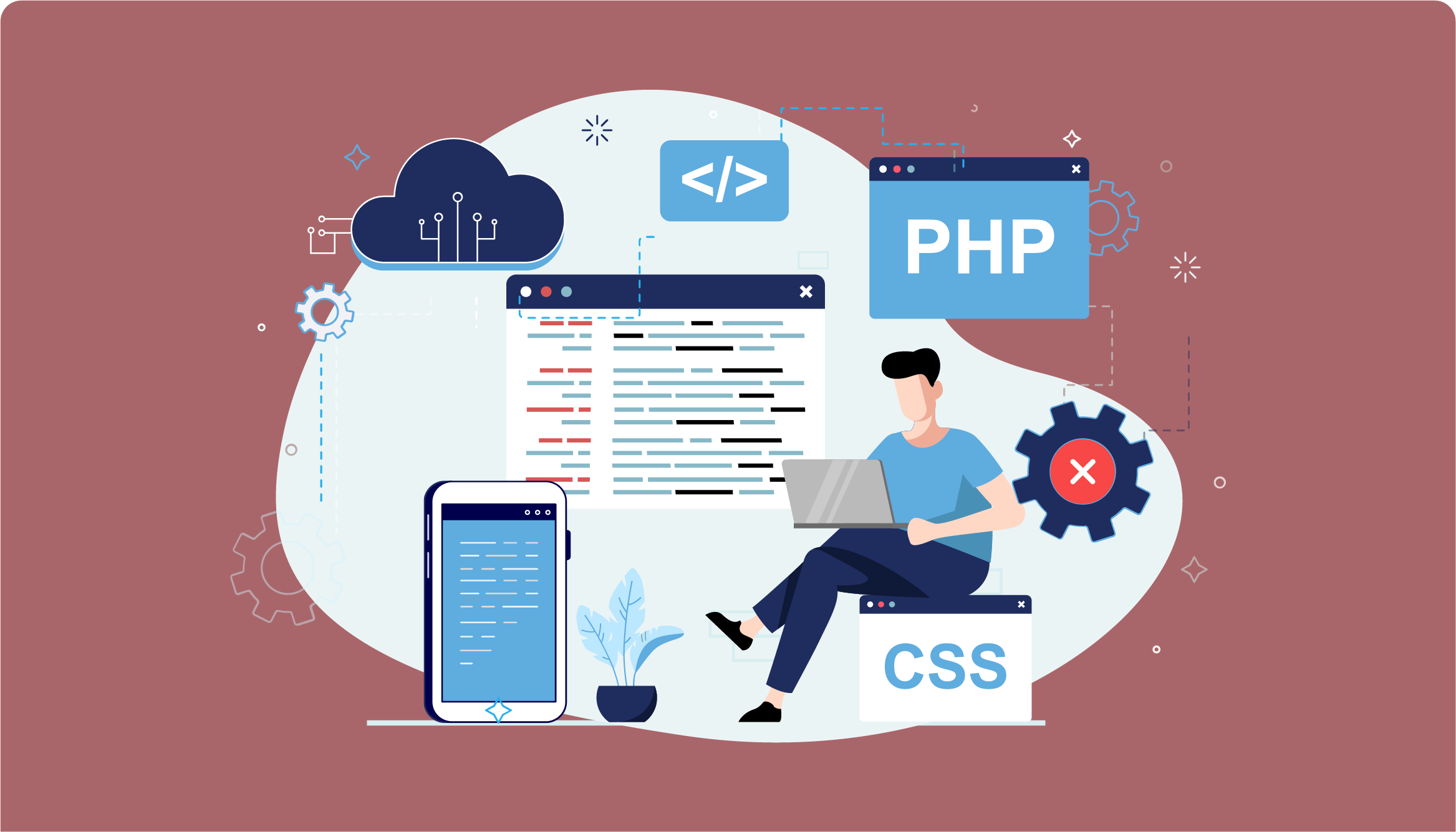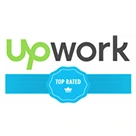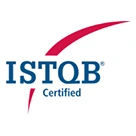To determine the best test automation framework for your project,
consider the following criteria:
-
Supported Technologies:
The framework's compatibility with the technologies used in your application is crucial. For example, if your application includes web, mobile, and API components, the framework should offer robust support for these technologies. This ensures comprehensive test coverage and reduces the need for multiple tools to handle different aspects of your application.
-
Ease of Learning and Use:
The learning curve of a test automation framework impacts how quickly team members can become proficient in using it. Frameworks with clear documentation, straightforward syntax, and intuitive structures facilitate faster onboarding and empower team members to create and maintain tests efficiently.
-
Community Support:
A vibrant and active community is an invaluable resource for overcoming challenges, sharing knowledge, and staying updated on the latest developments. A large community indicates a widespread adoption of the framework, providing a wealth of resources, forums, and discussions that can be instrumental in addressing issues and optimizing test practices.
-
Programming Language Support:
The ability of a framework to support multiple programming languages is advantageous for teams with diverse skill sets. It allows organizations to leverage their existing expertise and choose the language that aligns with their development practices. This flexibility promotes collaboration and ensures that the framework integrates seamlessly into existing workflows.
-
Test Scripting and Maintainability:
Well-structured, readable, and maintainable test scripts are essential for the long-term success of test automation. A framework that encourages best practices in scripting, such as modularity, clear syntax, and efficient debugging capabilities, contributes to the creation of reliable tests and facilitates easier maintenance as the application evolves.
-
Integration with CI/CD:
Integration with CI/CD pipelines is critical for incorporating automated tests into the continuous delivery process. A framework that seamlessly integrates with popular CI/CD tools ensures that tests are executed consistently with each code change, promoting early detection of issues and facilitating rapid feedback to development teams.
-
Integration with CI/CD:
Integration with CI/CD pipelines is critical for incorporating automated tests into the continuous delivery process. A framework that seamlessly integrates with popular CI/CD tools ensures that tests are executed consistently with each code change, promoting early detection of issues and facilitating rapid feedback to development teams.
-
Parallel Execution and Scalability:
The ability to execute tests in parallel enhances test execution speed and efficiency, especially as test suites grow. A scalable framework can handle an increasing number of test cases without compromising performance. This capability is essential for meeting the demands of large-scale applications and ensuring timely feedback during development cycles.
-
Reporting and Logging:
Comprehensive reporting and logging capabilities are crucial for effective test result analysis. A framework that provides clear and detailed reports, including information on test execution status, failures, and performance metrics, simplifies the identification of issues, accelerates debugging, and aids in communication within the development team.
-
Built-in Test Data Management:
Efficient management of test data is essential for creating versatile and realistic test scenarios. A framework that supports built-in mechanisms for test data management, parameterization, and data-driven testing simplifies the creation of dynamic tests, reduces redundancy, and enhances the flexibility of test suites.
-
Cross-Browser and Cross-Platform Support:
Testing applications across various browsers and operating systems ensures a consistent user experience. A framework with robust cross-browser and cross-platform support allows teams to validate the functionality and performance of their applications in diverse environments, reducing the risk of issues specific to certain configurations.
While no framework reigns supreme universally, each has its strengths and weaknesses. Your choice should align with your specific project requirements, team expertise, and application type. Selenium remains the industry standard for web testing, Appium excels in mobile automation, TestNG offers powerful test configuration, and Robot Framework provides an accessible and human-friendly testing experience.
In conclusion, test automation frameworks are your reliable allies in ensuring software quality, but the right framework can make all the difference in the world. Choose wisely, and let your testing journey begin!
Remember, as technology evolves, so do these frameworks. Stay updated with the latest developments to leverage their full potential. Happy testing!






















